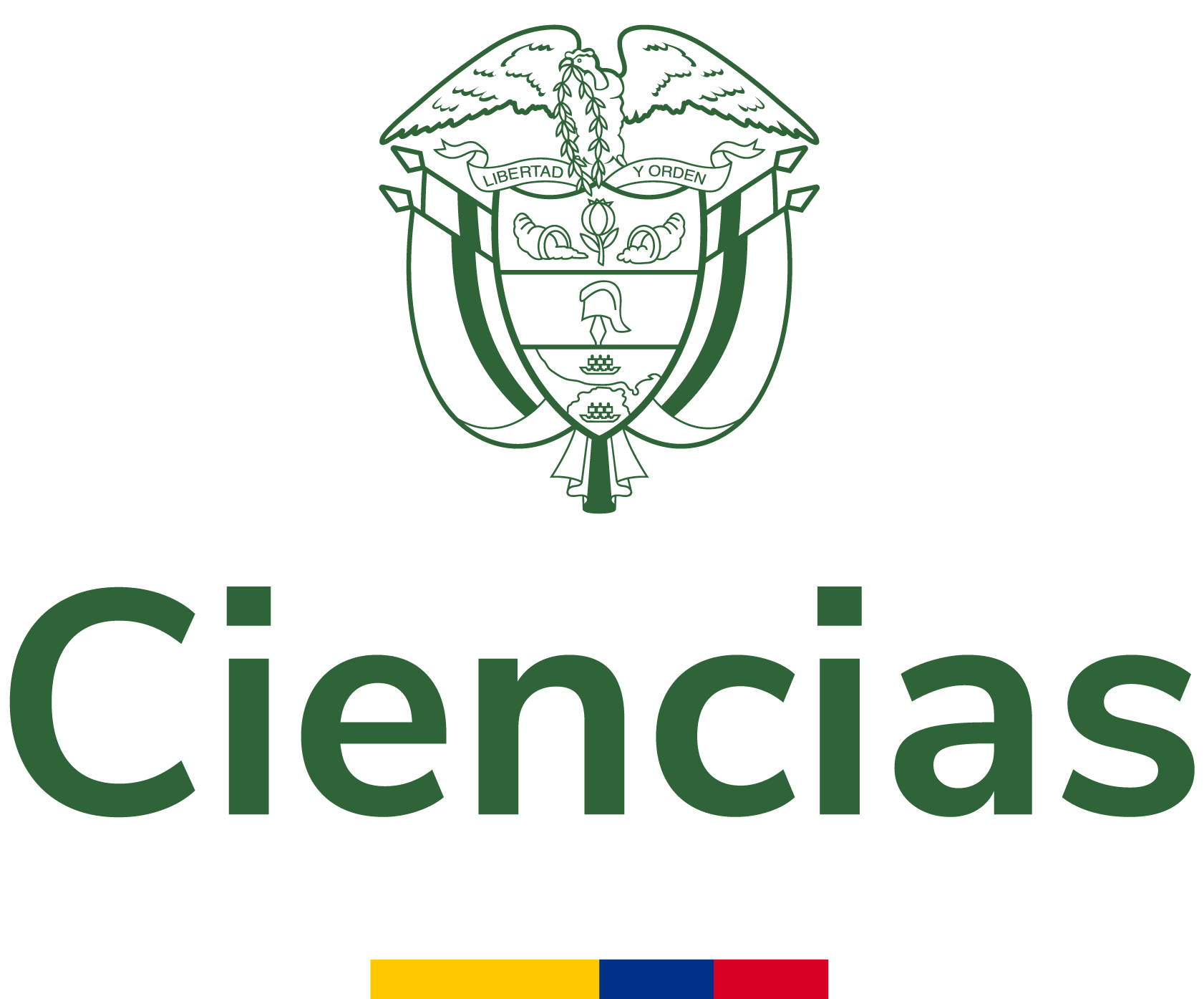Heavy metals species affect fungal-bacterial synergism during the bioremediation of fluoranthene
The co-occurrence of polycyclic aromatic hydrocarbons (PAHs) with heavy metals (HMs) is very common in contaminated soils, but the influence of HMs on fungal-bacterial synergism during PAH bioremediation has not been investigated. The bioremediation of fluoranthene-contaminated sand using co-culture...
- Autores:
-
Daugulis, Andrew J.
Ma, Xiaokui
Ding, Ning
Peterson, Eric Charles
- Tipo de recurso:
- Article of investigation
- Fecha de publicación:
- 2016
- Institución:
- Universidad ICESI
- Repositorio:
- Repositorio ICESI
- Idioma:
- eng
- OAI Identifier:
- oai:repository.icesi.edu.co:10906/81756
- Acceso en línea:
- https://www.scopus.com/inward/record.uri?eid=2-s2.0-84968626476&doi=10.1007%2fs00253-016-7595-4&partnerID=40&md5=06f158adfbbf19b7b78292eccc00a3f9
http://hdl.handle.net/10906/81756
http://dx.doi.org/10.1007/s00253-016-7595-4
- Palabra clave:
- Production engineering
Bioremediation
Ingeniería de producción
Metales pesados
Biorremediación
- Rights
- License
- https://creativecommons.org/licenses/by-nc-nd/4.0/
| id |
ICESI2_7a4debfabf48b5c45a8de7a2142e62f3 |
|---|---|
| oai_identifier_str |
oai:repository.icesi.edu.co:10906/81756 |
| network_acronym_str |
ICESI2 |
| network_name_str |
Repositorio ICESI |
| repository_id_str |
|
| dc.title.none.fl_str_mv |
Heavy metals species affect fungal-bacterial synergism during the bioremediation of fluoranthene |
| dc.title.alternative.none.fl_str_mv |
Applied Microbiology and Biotechnology |
| title |
Heavy metals species affect fungal-bacterial synergism during the bioremediation of fluoranthene |
| spellingShingle |
Heavy metals species affect fungal-bacterial synergism during the bioremediation of fluoranthene Production engineering Bioremediation Ingeniería de producción Metales pesados Biorremediación |
| title_short |
Heavy metals species affect fungal-bacterial synergism during the bioremediation of fluoranthene |
| title_full |
Heavy metals species affect fungal-bacterial synergism during the bioremediation of fluoranthene |
| title_fullStr |
Heavy metals species affect fungal-bacterial synergism during the bioremediation of fluoranthene |
| title_full_unstemmed |
Heavy metals species affect fungal-bacterial synergism during the bioremediation of fluoranthene |
| title_sort |
Heavy metals species affect fungal-bacterial synergism during the bioremediation of fluoranthene |
| dc.creator.fl_str_mv |
Daugulis, Andrew J. Ma, Xiaokui Ding, Ning Peterson, Eric Charles |
| dc.contributor.author.spa.fl_str_mv |
Daugulis, Andrew J. Ma, Xiaokui Ding, Ning Peterson, Eric Charles |
| dc.subject.proposal.eng.fl_str_mv |
Production engineering Bioremediation |
| topic |
Production engineering Bioremediation Ingeniería de producción Metales pesados Biorremediación |
| dc.subject.proposal.spa.fl_str_mv |
Ingeniería de producción Metales pesados Biorremediación |
| description |
The co-occurrence of polycyclic aromatic hydrocarbons (PAHs) with heavy metals (HMs) is very common in contaminated soils, but the influence of HMs on fungal-bacterial synergism during PAH bioremediation has not been investigated. The bioremediation of fluoranthene-contaminated sand using co-cultures of Acremonium sp. P0997 and Bacillus subtilis showed increases of 109.4 and 9.8 % in degradation compared to pure bacterial and fungal cultures, respectively, removing 64.1 ± 1.4 % fluoanthene in total. The presence of Cu2+ reduced fluoranthene removal to 53.7 ± 1.7 %, while inhibiting bacterial growth, and reducing translocation of bacteria on fungal hyphae by 49.5 %, in terms of the bacterial translocation ratio. Cu2+ reduced bacterial diffusion by 46.8 and 31.9 %, as reflected by D (a bulk random motility diffusional coefficient) and Deff (the effective one-dimensional diffusion coefficient) compared to the control without HM supplementation, respectively. However, Mn2+ resulted in a 78.2 ± 1.9 % fluoranthene degradation, representing an increase of 21.9 %, while enhancing bacterial growth and bacterial translocation on fungal hyphae, showing a 12.0 % increase in translocation ratio, with no observable impact on D and Deff. Hence, the presence of HMs has been shown to affect fungal-bacterial synergism in PAH degradation, and this effect differs with HM species. © 2016, Springer-Verlag Berlin Heidelberg. |
| publishDate |
2016 |
| dc.date.issued.none.fl_str_mv |
2016-08-01 |
| dc.date.accessioned.none.fl_str_mv |
2017-07-07T17:44:07Z |
| dc.date.available.none.fl_str_mv |
2017-07-07T17:44:07Z |
| dc.type.coar.none.fl_str_mv |
http://purl.org/coar/resource_type/c_2df8fbb1 |
| dc.type.local.spa.fl_str_mv |
Artículo |
| dc.type.version.none.fl_str_mv |
info:eu-repo/semantics/publishedVersion |
| dc.type.coarversion.none.fl_str_mv |
http://purl.org/coar/version/c_970fb48d4fbd8a85 |
| dc.type.driver.none.fl_str_mv |
info:eu-repo/semantics/article |
| format |
http://purl.org/coar/resource_type/c_2df8fbb1 |
| status_str |
publishedVersion |
| dc.identifier.issn.none.fl_str_mv |
0175-7598 |
| dc.identifier.other.none.fl_str_mv |
https://www.scopus.com/inward/record.uri?eid=2-s2.0-84968626476&doi=10.1007%2fs00253-016-7595-4&partnerID=40&md5=06f158adfbbf19b7b78292eccc00a3f9 |
| dc.identifier.uri.none.fl_str_mv |
http://hdl.handle.net/10906/81756 |
| dc.identifier.doi.none.fl_str_mv |
http://dx.doi.org/10.1007/s00253-016-7595-4 |
| dc.identifier.instname.none.fl_str_mv |
instname:Universidad Icesi |
| dc.identifier.reponame.none.fl_str_mv |
reponame:Biblioteca Digital |
| dc.identifier.repourl.none.fl_str_mv |
repourl:https://repository.icesi.edu.co/ |
| identifier_str_mv |
0175-7598 instname:Universidad Icesi reponame:Biblioteca Digital repourl:https://repository.icesi.edu.co/ |
| url |
https://www.scopus.com/inward/record.uri?eid=2-s2.0-84968626476&doi=10.1007%2fs00253-016-7595-4&partnerID=40&md5=06f158adfbbf19b7b78292eccc00a3f9 http://hdl.handle.net/10906/81756 http://dx.doi.org/10.1007/s00253-016-7595-4 |
| dc.language.iso.none.fl_str_mv |
eng |
| language |
eng |
| dc.relation.ispartof.none.fl_str_mv |
Applied Microbiology and Biotechnology, Vol.100, No.17 -2016 |
| dc.relation.citationstartpage.none.fl_str_mv |
7741 |
| dc.relation.citationendpage.none.fl_str_mv |
7750 |
| dc.rights.coar.fl_str_mv |
http://purl.org/coar/access_right/c_16ec |
| dc.rights.uri.none.fl_str_mv |
https://creativecommons.org/licenses/by-nc-nd/4.0/ |
| dc.rights.license.none.fl_str_mv |
Atribución-NoComercial-SinDerivadas 4.0 Internacional (CC BY-NC-ND 4.0) |
| rights_invalid_str_mv |
https://creativecommons.org/licenses/by-nc-nd/4.0/ Atribución-NoComercial-SinDerivadas 4.0 Internacional (CC BY-NC-ND 4.0) http://purl.org/coar/access_right/c_16ec |
| dc.format.extent.spa.fl_str_mv |
9 páginas |
| dc.format.medium.spa.fl_str_mv |
Digital |
| dc.format.mimetype.none.fl_str_mv |
application/pdf |
| dc.coverage.spatial.none.fl_str_mv |
Berlin de Lat: 52 30 00 N degrees minutes Lat: 52.5000 decimal degrees Long: 013 25 00 E degrees minutes Long: 13.4167 decimal degrees |
| dc.publisher.none.fl_str_mv |
Springer Verlag |
| dc.publisher.faculty.spa.fl_str_mv |
Facultad de Ingeniería |
| dc.publisher.program.spa.fl_str_mv |
Ingeniería Industrial |
| dc.publisher.department.spa.fl_str_mv |
Departamento de Ingeniería Industrial |
| dc.publisher.place.none.fl_str_mv |
Berlín |
| publisher.none.fl_str_mv |
Springer Verlag |
| institution |
Universidad ICESI |
| bitstream.url.fl_str_mv |
https://repository.icesi.edu.co/bitstreams/b73ca281-68b6-4ee7-9621-a6083a61d290/download |
| bitstream.checksum.fl_str_mv |
fc494396c2a5600bff9896f815143cbe |
| bitstream.checksumAlgorithm.fl_str_mv |
MD5 |
| repository.name.fl_str_mv |
Biblioteca Digital - Universidad Icesi |
| repository.mail.fl_str_mv |
adquisicion-bib@listas.icesi.edu.co |
| _version_ |
1841720155203174400 |
| spelling |
Daugulis, Andrew J.Ma, XiaokuiDing, NingPeterson, Eric CharlesBerlin de Lat: 52 30 00 N degrees minutes Lat: 52.5000 decimal degrees Long: 013 25 00 E degrees minutes Long: 13.4167 decimal degrees2017-07-07T17:44:07Z2017-07-07T17:44:07Z2016-08-010175-7598https://www.scopus.com/inward/record.uri?eid=2-s2.0-84968626476&doi=10.1007%2fs00253-016-7595-4&partnerID=40&md5=06f158adfbbf19b7b78292eccc00a3f9http://hdl.handle.net/10906/81756http://dx.doi.org/10.1007/s00253-016-7595-4instname:Universidad Icesireponame:Biblioteca Digitalrepourl:https://repository.icesi.edu.co/The co-occurrence of polycyclic aromatic hydrocarbons (PAHs) with heavy metals (HMs) is very common in contaminated soils, but the influence of HMs on fungal-bacterial synergism during PAH bioremediation has not been investigated. The bioremediation of fluoranthene-contaminated sand using co-cultures of Acremonium sp. P0997 and Bacillus subtilis showed increases of 109.4 and 9.8 % in degradation compared to pure bacterial and fungal cultures, respectively, removing 64.1 ± 1.4 % fluoanthene in total. The presence of Cu2+ reduced fluoranthene removal to 53.7 ± 1.7 %, while inhibiting bacterial growth, and reducing translocation of bacteria on fungal hyphae by 49.5 %, in terms of the bacterial translocation ratio. Cu2+ reduced bacterial diffusion by 46.8 and 31.9 %, as reflected by D (a bulk random motility diffusional coefficient) and Deff (the effective one-dimensional diffusion coefficient) compared to the control without HM supplementation, respectively. However, Mn2+ resulted in a 78.2 ± 1.9 % fluoranthene degradation, representing an increase of 21.9 %, while enhancing bacterial growth and bacterial translocation on fungal hyphae, showing a 12.0 % increase in translocation ratio, with no observable impact on D and Deff. Hence, the presence of HMs has been shown to affect fungal-bacterial synergism in PAH degradation, and this effect differs with HM species. © 2016, Springer-Verlag Berlin Heidelberg.9 páginasDigitalapplication/pdfengSpringer VerlagFacultad de IngenieríaIngeniería IndustrialDepartamento de Ingeniería IndustrialBerlínApplied Microbiology and Biotechnology, Vol.100, No.17 -201677417750EL AUTOR, expresa que la obra objeto de la presente autorización es original y la elaboró sin quebrantar ni suplantar los derechos de autor de terceros, y de tal forma, la obra es de su exclusiva autoría y tiene la titularidad sobre éste. PARÁGRAFO: en caso de queja o acción por parte de un tercero referente a los derechos de autor sobre el artículo, folleto o libro en cuestión, EL AUTOR, asumirá la responsabilidad total, y saldrá en defensa de los derechos aquí autorizados; para todos los efectos, la Universidad Icesi actúa como un tercero de buena fe. Esta autorización, permite a la Universidad Icesi, de forma indefinida, para que en los términos establecidos en la Ley 23 de 1982, la Ley 44 de 1993, leyes y jurisprudencia vigente al respecto, haga publicación de este con fines educativos. Toda persona que consulte ya sea la biblioteca o en medio electrónico podrá copiar apartes del texto citando siempre la fuentes, es decir el título del trabajo y el autor.https://creativecommons.org/licenses/by-nc-nd/4.0/Atribución-NoComercial-SinDerivadas 4.0 Internacional (CC BY-NC-ND 4.0)http://purl.org/coar/access_right/c_16ecHeavy metals species affect fungal-bacterial synergism during the bioremediation of fluorantheneApplied Microbiology and BiotechnologyComunidad Universidad Icesi – Investigadores10017Production engineeringBioremediationIngeniería de producciónMetales pesadosBiorremediaciónhttp://purl.org/coar/resource_type/c_2df8fbb1Artículoinfo:eu-repo/semantics/publishedVersionhttp://purl.org/coar/version/c_970fb48d4fbd8a85info:eu-repo/semantics/articleORIGINALdocumento.htmldocumento.htmltext/html295https://repository.icesi.edu.co/bitstreams/b73ca281-68b6-4ee7-9621-a6083a61d290/downloadfc494396c2a5600bff9896f815143cbeMD5110906/81756oai:repository.icesi.edu.co:10906/817562018-10-17 10:29:38.916https://creativecommons.org/licenses/by-nc-nd/4.0/Atribución-NoComercial-SinDerivadas 4.0 Internacional (CC BY-NC-ND 4.0)open.accesshttps://repository.icesi.edu.coBiblioteca Digital - Universidad Icesiadquisicion-bib@listas.icesi.edu.co |






